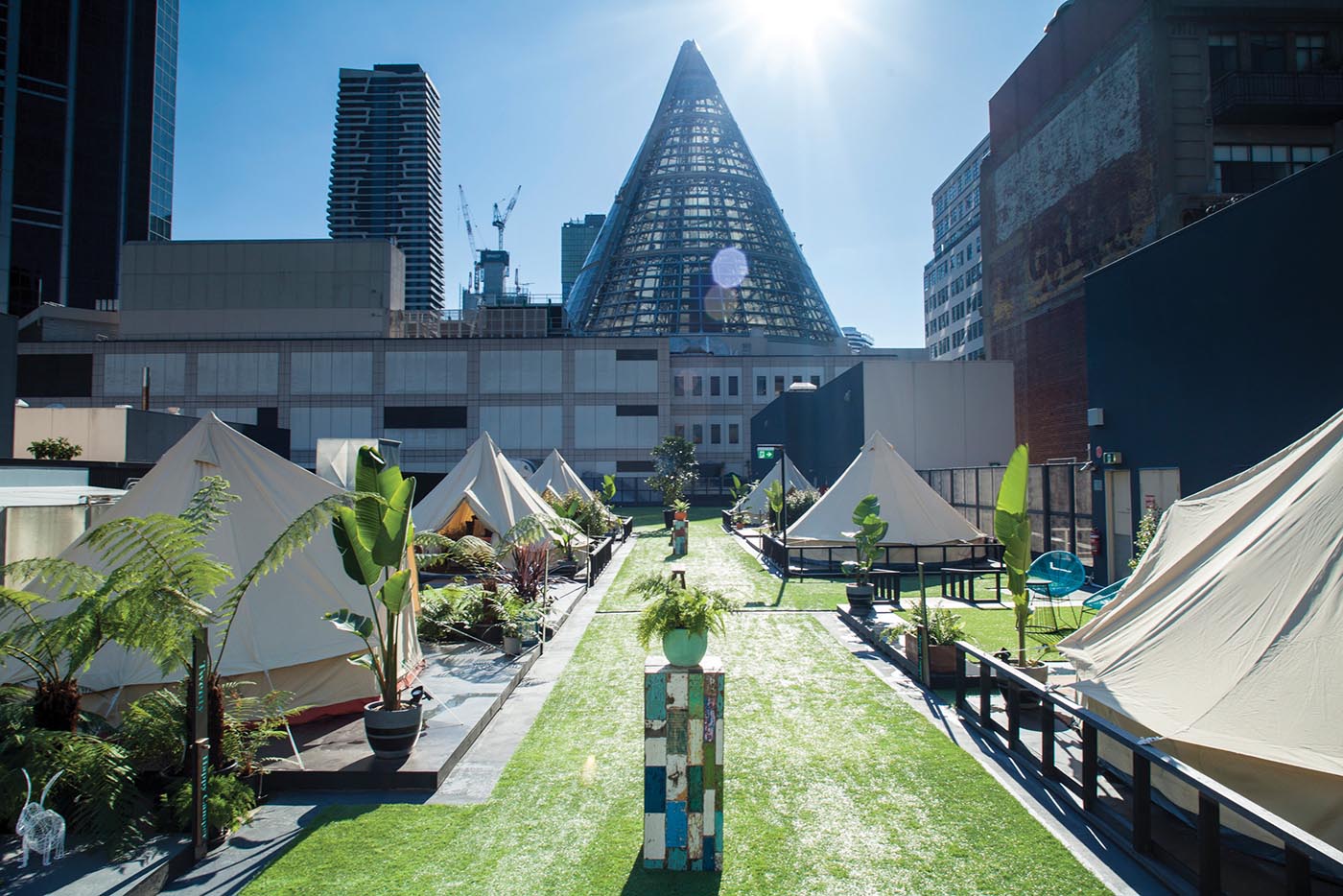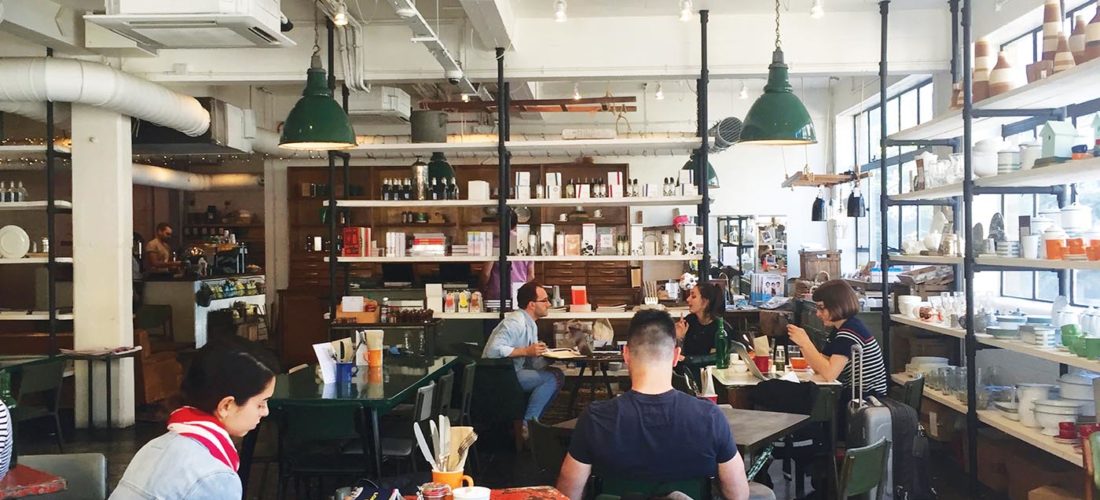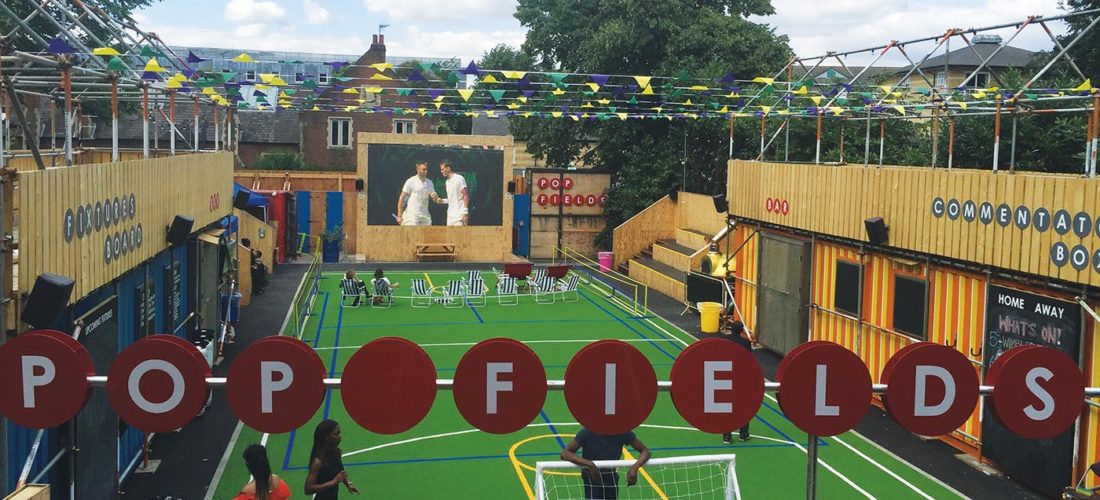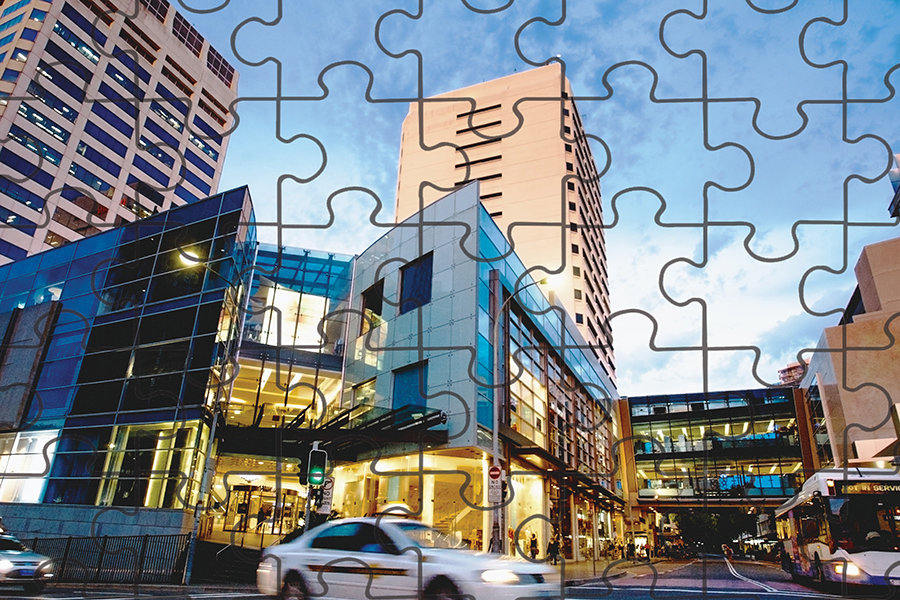Millennials moving into their next life stage are a spending power not to be ignored. In this piece, David Grant discusses how retail centres can connect with audiences early, ensuring loyalty and longevity as the market changes.
Millennials – young adults in their twenties and thirties – are set to occupy a greater share of retail spend as they transition into the next phase of life. An Accenture study notes that, while millennials are already a potent force, they will truly come into their own by 2020, with projections that their spending in the United States will grow to $1.4 trillion annually and represent 30% of total retail sales. A diverse cohort that spans both mobile and settled individuals, many millennials are experience-seekers; some have a strong foothold in their careers and are making steps towards purchasing property or are already on the ladder, while others are raising kids.
In order to take advantage of this market opportunity, shopping centres must understand the values, lifestyle factors and spending habits of this group.
Dubbed ‘Generation Rent’, research has shown that millennials tend to be conservative spenders and are careful about where they put their money. Less materialistic than other generations, millennials place greater value on experiences that create lasting memories, such as travel, unique events and time with friends and family. Accordingly, shopping centres need to work harder to create environments that realise these values and are compelling destinations in their own right.
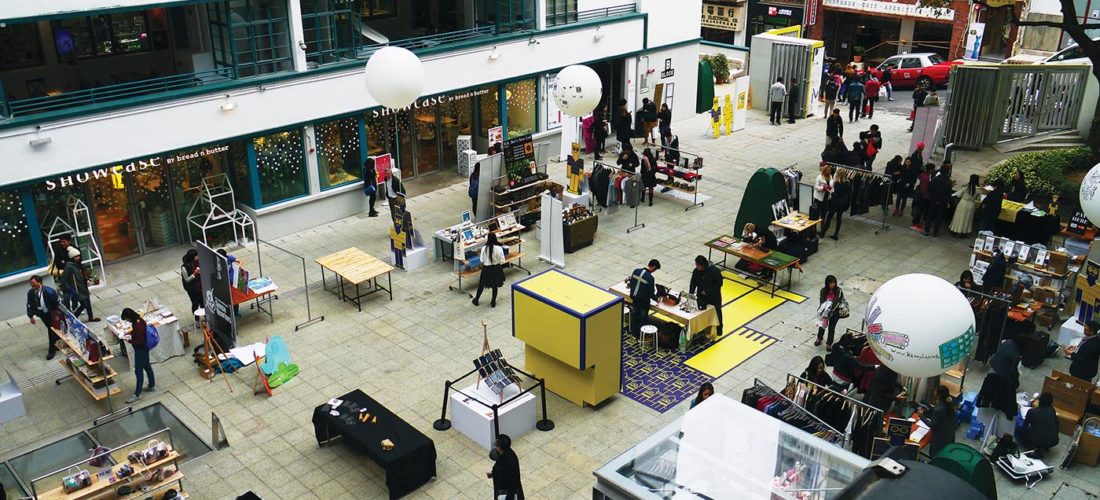
PMQ Market, Hong Kong
Food and beverage is an area where shopping centres can really appeal to millennials by facilitating social experiences that are adventurous and culturally unique.
Sydney-based Central Park Mall’s Spice Alley and Kensington Street is an excellent case in point. Located in repurposed terrace houses in fine-grained alleyways, the precinct offers a sense of discovery and respite from the screaming traffic and high-rises of Broadway. Spice Alley recreates an Asian hawker market with numerous lively and affordable eateries, where customers can dine in the open air with friends. This is woven among the finer options of Kensington Street, where customers can sit in chic surrounds and splash out on a special meal. The area has successfully attracted university students, residents, workers and visitors with different budgets, and seeking different experiences – a clear demonstration of the importance of F&B.
As further evidence of this, a recent McKinsey and Company study suggests that the gross leasable area devoted to food and beverage outlets in centres could rise from 10% today to some 25% by 2020.
Beyond food, shopping centres can also be destinations for one-off coveted experiences. For instance, Melbourne Central’s rooftop offers a unique glamping experience through St. Jerome’s – The Hotel. Visitors can spend a night in a luxury canvas tent surrounded by views of Melbourne’s CBD. Complimentary services include a beverage-filled esky, in-tent videos, games and even morning meditation.
Millennials are also a cohort of self-starters and entrepreneurs. The 2008 global financial crisis meant many millennial graduates were locked out of the job market, consequently creating their own opportunities, on their own terms. This has manifested in various ways, such as the pursuit of personal creative passions and lifelong learning, and mobile and flexible work arrangements. Shopping centres are therefore in an exciting position to reinvent their spaces and programming to connect with the entrepreneurial needs of this generation.
Pop-ups and programmable spaces have been present for a number of years and remain a strong way to support emerging businesses testing their wares, while also attracting millennials who seek the cutting edge. An exemplar of this is PMQ in Hong Kong, a boutique retail centre with affordable creative workspaces. PMQ’s tenants run workshops, markets, design dialogues and activities for children as a means of connecting with the community and reaching new audiences. PMQ’s reputation as a creative hub has developed to the extent that it now hosts ‘D-tour’, a high-profile event linked to Hong Kong Design Week drawing thousands of visitors each year. This access to thought leaders also facilitates millennial pursuits of professional development and lifelong learning.
A similar case study, appealing to both tech entrepreneurs and mature businesses, is Bespoke, Westfield’s co-working space in San Francisco. Leveraging the city’s culture of innovation, Bespoke is an attractive option for retail-tech companies that want to test their product through consumer-facing pop-ups and tech-demo facilities. The site is also a winner from the perspective of convenience, with its downtown location and Westfield’s co-located services, including dry-cleaning, bike storage and food and beverage.
Exploring lifestyle factors further, shopping centres can connect with millennial dispositions around convenience, curated experiences and approaches to co-sharing. This cohort was the first to come of age during the rise of digital connectivity; millennials expect efficiency, and do not want to be weighed down by petty, life-admin tasks. Shopping centres can build loyalty through providing services that help millennials get on with things of higher value. A great example is Parcel Point services, such as The Collection Bar at Sydney’s Broadway Shopping Centre. This kiosk allows for the collection, exchange and return of online purchases. The service also offers shopping and pram minding, so customers can continue with their shopping and dining experience burden free.
Being self-starters, millennials look to be continually enriched by all that life has to offer, appreciating brands that understand their interests. Shopping centres have the opportunity to engage in research that deeply understands psychographics and particular interest areas to create curated experiences that bring together shopping, dining, learning and wellbeing.
Selfridge’s Body Studio in London does just this. Tapping into the prioritisation of wellbeing and individual enrichment, the studio offers progressive wellness talks and workshops in food and personal development. There are also multi-sensory yoga classes by Yung Club, and cutting-edge retail in beauty and sports apparel are co-located. Shopping centres can learn from such experiences by clustering complementary services and partnering with innovative experience providers.
Millennials are also placed firmly within the sharing economy. Eschewing excessive material possessions, they are open to sharing anything, from cars to living spaces.
This is marked by the rise of micro apartments and co-living formats – a response to the increase in single-person dwellings, urban density and housing unaffordability. Such places allow individuals to live in small apartments while offering an ecosystem of shared living experiences in communal kitchens, game and cinema rooms, fitness studios, green spaces, car and bike sharing and laundry services. Such a model is offered by WeLive, the new living offshoot from co-working giant WeWork. Operating on a membership basis, WeLive offers furnished apartments for stays as short as a day, or as long as a year, and with the aim that residents will foster meaningful relationships. Stepping back, we are now seeing the previously most permanent asset, a home, transition to a membership and shared model more akin to a library. Such a change holds interesting implications for the future of shopping centres as places that could operate using more ‘shared’ formats relating to leasing, transactions and types of retailers.
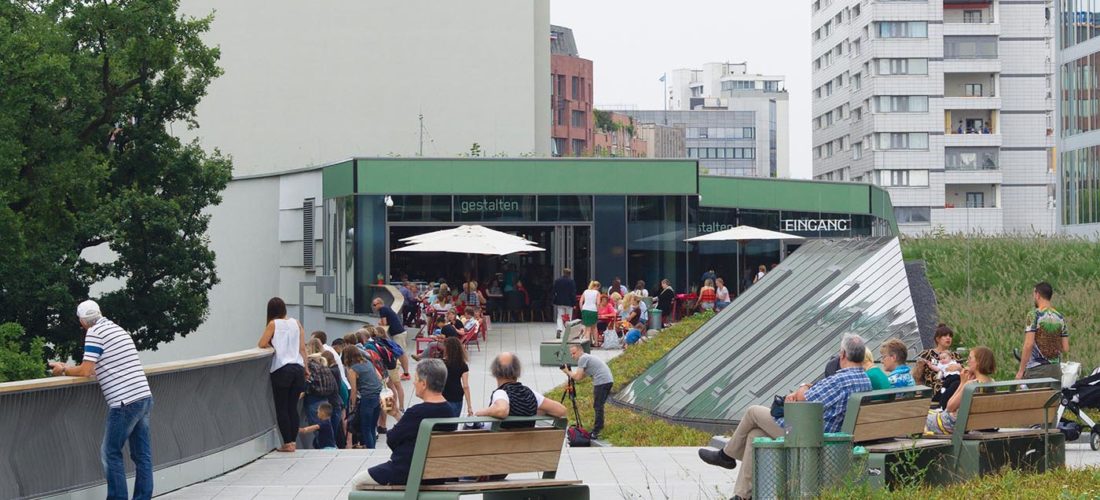
Bikini Berlin
Recommendations
Over the next decade, as the millennial market matures, there are several key areas on which shopping centres should focus:
1. Create cultural experiences that connect, surprise and uplift audiences.
How: Seek inspiration from other kinds of spaces that capture millennials’ attention. In particular, centres need to reframe their current experience to appeal to the adventurous, well-travelled millennial disposition.
2. Create affordable social experiences that don’t compromise on quality or innovation.
How: Explore new models in funding and revenue streams to subsidise events. Millennials already value experiences and are conservative spenders. Both are set to increase with having a family and taking on a mortgage. Appealing to this market early through affordability will build loyalty as they move into these later-life stages.
3. Integrate precincts centred on work, living and life admin.
How: Offer or test models in co-working and co-living. Complement these with an ecosystem of tech-enabled niche services that increase efficiencies. These could include online click-and-collect points, dry-cleaning or bike servicing, to name a few. Many millennials have busy lifestyles, and therefore place great value on convenience, proximity and seamless services.
4. Offer flexible formats for audiences to connect with products, retailers and the centre at large.
How: Create tailored membership models and targeted incentives that allow millennials to engage on their terms. Shopping centres can capitalise on millennial preferences to share rather than own, as a means of building and retaining market loyalty.
5. Know your audience and context.
How: Deep qualitative and quantitative research is key. While overarching generational trends exist, there is no ‘one-size-fits-all’ solution to connecting with millennials. Each place and location will come with a unique set of economic and lifestyle factors that will create new needs and meaningful opportunities to connect with audiences.


